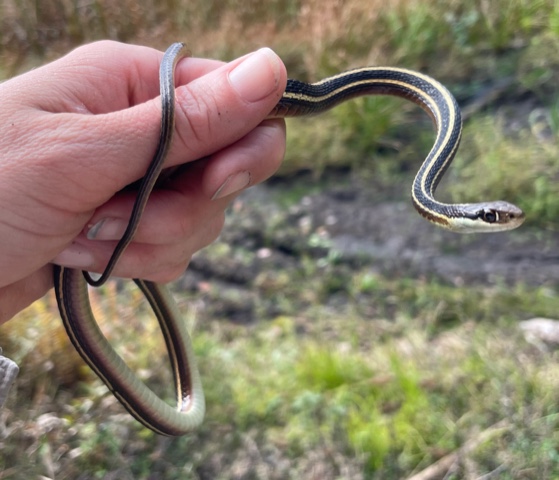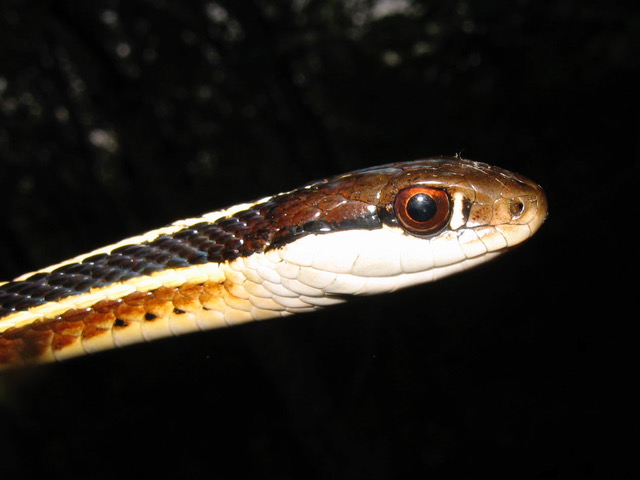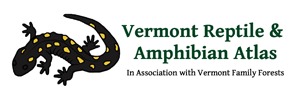
Herp Update: amphibian and snake activity – October 21, 2021
Amphibian Activity
Reports continue to come in reporting fall uphill migration of amphibians. Although I focused on the fall migrations of Eastern Red-backed Salamanders, Blue-spotted Salamanders, and Four-toed Salamanders in one of my previous Herp Updates, the reports include uphill movement of many Spotted Salamanders and Wood Frogs. I was surprised that the list included a couple Gray Treefrogs. They are a lover of warm weather and are not usually active this late. In addition, both American Toads and American Bullfrogs were reported on Cornwall roads last week. Neither species are known to migrate. They probably were just out feeding.
Snake Activity
Kate Kelly kept track of the snakes she found on the road surface on a run she took from Williston to her home in Hinesburg back on October 9. She found 27 Common Gartersnakes and 25 DeKay’s Brownsnakes on that run, all dead. The roads she ran on were paved and quite busy.
Snake Discovery

Eastern Ribbonsnake (T. saurita). Photo by K. Kelly and used with permission.
On a more positive note, Kate discovered an Eastern Ribbonsnake earlier this week on a Herp Atlas survey trip to the Orwell portion of Pond Woods Wildlife Management Area. This is the first documented report of this species in Orwell since 1935!
This species looks very similar to Common Gartersnakes. The easiest differences to see are in the head pattern. Look for the bright white upper lip on the Eastern Ribbonsnake (yellow on garters) and the vertical white bar in front of its eye. Ribbonsnakes also have a dark red head (dark green in garters) and there is a thin and straight black line between the white upper lip and dark-red head (no separating line and an uneven border between the yellow and green in garters).
Additional photos for comparison:

Head of Common Gartersnake.

Head of Eastern Ribbonsnake
Turtle Graduate Study Opportunity at UVM
The Mosher and Murdoch labs at the University of Vermont’s Rubenstein School of Environment and Natural Resources are advertising a fully-funded MS position focusing on turtle habitat conservation. They especially encourage applications from folks traditionally underrepresented in ecology. This is a great collaborative project with state, municipal, and NGO partners. The ideal start date is the spring semester of 2022, but there is some flexibility. Feel free to contact Brittany Mosher (Brittany.Mosher@uvm.edu) for more information. Please do forward this info to any potential students.
Jim Andrews

